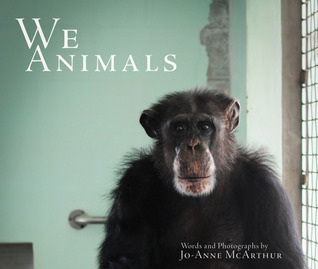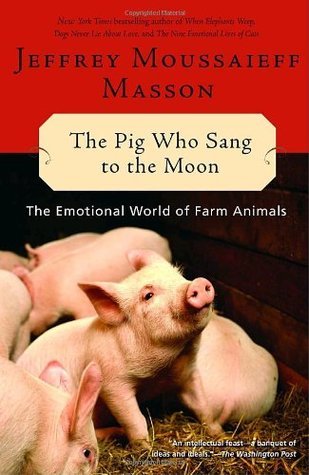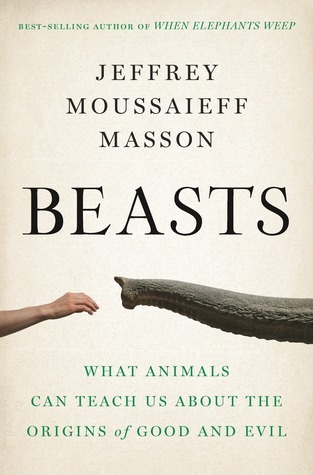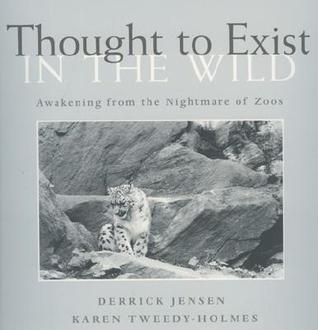
We Animals
Book Description
Raw and unflinching, "We Animals" plunges into the heart of animal suffering and the relentless fight for their rights. Through stunning photography and poignant narratives, Jo-Anne McArthur captures the hidden lives of creatures often lost in shadows. Each image tells a story of resilience, pain, and hope, exposing the stark realities of factory farms, laboratories, and sanctuaries. This visual journey ignites a fierce compassion, challenging perceptions and inspiring action. Can humanity change the course of its relationship with animals before it’s too late?
Quick Book Summary
"We Animals" by Jo-Anne McArthur uses evocative photography and powerful storytelling to expose the lived reality of animals trapped in human systems of exploitation. The book journeys behind the closed doors of factory farms, laboratories, zoos, and sanctuaries, revealing both suffering and resilience among animals most humans will never encounter personally. McArthur's personal engagement, as both photographer and activist, lends a compassionate yet unflinching lens through which readers directly confront issues of cruelty and complacency. Her work not only documents pain but also emphasizes hope, transformation, and the possibility for change. "We Animals" challenges us to witness, to question our role in the lives of animals, and to become advocates for a more just and compassionate world.
Summary of Key Ideas
Table of Contents
Bearing Witness to Animal Suffering
Jo-Anne McArthur’s work in "We Animals" begins with bearing witness to animal suffering—sharing images of unseen cruelty in farms, research labs, and entertainment venues. Her camera captures the physical environments and psychological trauma faced by animals denied natural lives. This act of observation forces readers to acknowledge the existence and extent of suffering often deliberately kept hidden from public view.
Hidden Systems and Institutional Cruelty
Central to the narrative is the exploration of hidden systems and institutional cruelty. Factory farms, zoos, and animal testing facilities constitute vast, systematic structures built on exploiting animal bodies. McArthur’s photographs not only display the magnitude of these operations but also expose the normalized violence built into them. She challenges the pervasive invisibility these systems rely upon, inviting accountability and transparency.
The Individuality and Resilience of Animals
Amidst these overwhelming systems, individual animals’ stories emerge, revealing their unique personalities, resilience, and inherent value. McArthur highlights poignant moments that humanize animals, making visible their longing, fear, and capacity for joy. These intimate portraits dismantle notions of animals as mere commodities, inviting empathy and personal connection with every subject featured.
The Transformative Power of Visual Storytelling
The power of visual storytelling is a driving force throughout the book. Through careful composition and emotionally charged imagery, McArthur harnesses photography to break through apathy and denial. Her images demand attention and reflection, blending art and advocacy to create an immediate, visceral response in the viewer. The accompanying narratives contextualize the photographs, deepening their impact.
Compassion-Driven Activism and Social Change
Ultimately, "We Animals" is a call to compassion-driven activism and systemic change. The book urges readers to question their everyday choices and to recognize their power in reshaping humanity’s relationship with animals. By fostering empathy and sparking conversation, McArthur’s work serves as both a documentation of reality and an invitation for moral and societal transformation. Her hope is that seeing leads to caring, and caring leads to meaningful action.
Download This Summary
Get a free PDF of this summary instantly — no email required.





